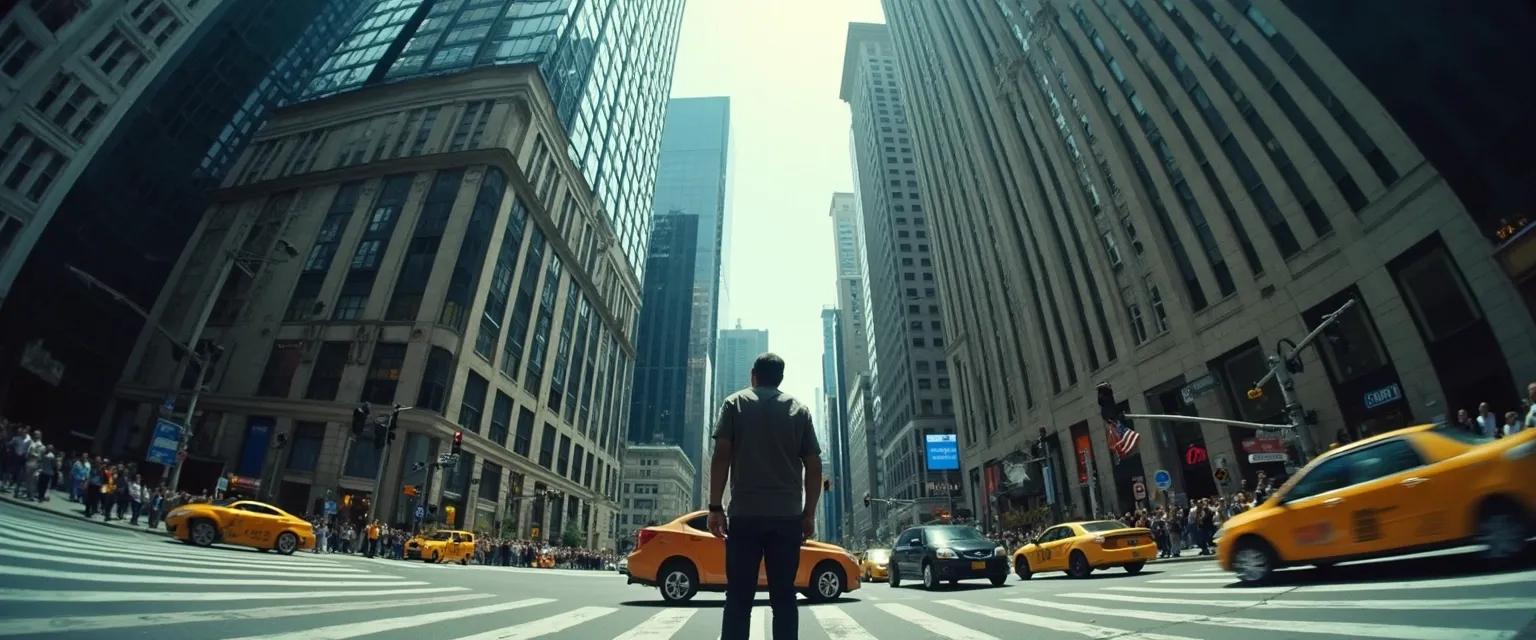Navigating Concrete Jungles: 5 Urban Design Features That Amplify Your Anxiety
Ever felt your heart racing as you navigate the concrete maze of city life? You're not alone. Anxiety in urban environments is a growing concern as more people flock to metropolitan areas. The constant stimulation, crowding, and architectural features of cities can significantly impact our mental wellbeing in ways we might not immediately recognize. Understanding these environmental triggers is the first step toward developing effective coping strategies for anxiety in urban environments.
Cities weren't always designed with mental health in mind. Research shows that urban dwellers have a 20% higher risk of anxiety disorders compared to those living in rural settings. This isn't just coincidence – specific elements in our urban landscapes can actively contribute to feelings of stress and unease. Let's explore how the very structure of our cities might be affecting your peace of mind, and what you can do about it when managing anxiety symptoms in these challenging spaces.
5 Urban Design Features That Trigger Anxiety in Urban Environments
Understanding the specific elements that contribute to anxiety in urban environments helps us develop targeted coping strategies. Here are the top five culprits:
1. Overcrowded Transit Systems
Packed subway cars and buses create both physical compression and emotional distress. The invasion of personal space combined with unpredictable delays creates the perfect storm for anxiety. The feeling of being trapped with no immediate escape route activates our fight-or-flight response, making commutes particularly stressful.
2. Limited Green Spaces
Research consistently shows that nature exposure reduces stress hormones. Unfortunately, many urban areas offer minimal access to parks and natural settings. This absence of green relief means city dwellers miss out on nature's natural anxiety-reducing effects, contributing to persistent urban stress.
3. High-Rise Buildings and Urban Canyons
Towering structures create wind tunnels, shadow effects, and a sense of smallness that can be overwhelming. These "urban canyons" not only block natural light (affecting mood and vitamin D production) but also create disorienting wind patterns and noise amplification that contribute to anxiety responses.
4. Sensory Overload Zones
Constant noise pollution, bright advertisements, traffic sounds, and the general hustle create sensory bombardment. Our brains aren't designed to process so many inputs simultaneously, leading to mental fatigue and heightened anxiety in urban environments.
5. Confusing Wayfinding and Navigation
Poorly designed signage, confusing street layouts, and complex transit systems create constant decision fatigue. The stress of potentially getting lost or being late adds another layer of anxiety to urban navigation.
Location-Specific Techniques to Manage Anxiety in Urban Environments
Rather than general anxiety management, these strategies target specific urban challenges:
For Transit Anxiety:
Practice "transit mindfulness" by focusing on your breathing during commutes. Count four seconds inhaling, hold for two, exhale for six. This activates your parasympathetic nervous system, counteracting the stress response. Creating a engaging transit routine also helps – perhaps a special podcast or audiobook that's only for commute time, turning a stressful situation into a positive emotional pattern.
For Green Space Scarcity:
Map out "micro-green spaces" near your daily routes – even small patches of plants or trees can provide relief. Indoor plants in your home and workplace also offer similar benefits. Even digital nature – spending five minutes viewing nature photography – has been shown to reduce stress responses.
For Urban Canyon Effects:
Create personal "space bubbles" in crowded settings by using noise-canceling headphones and focusing your gaze at eye level rather than looking up at towering structures. Planning routes that include wider streets or open areas provides periodic relief from the claustrophobic feeling of narrow urban canyons.
For Sensory Overload:
Practice the "5-4-3-2-1" grounding technique when overwhelmed: identify 5 things you see, 4 things you feel, 3 things you hear, 2 things you smell, and 1 thing you taste. This redirects your brain from anxiety to present-moment awareness, particularly effective for managing anxiety in urban environments.
For Navigation Stress:
Pre-plan routes during calm moments rather than making decisions on the go. Creating personal landmarks and mental maps reduces navigation anxiety. Remember that getting slightly lost occasionally is normal and not dangerous – it's part of the urban experience.
By understanding how specific urban features affect your anxiety in urban environments, you can implement targeted strategies that work in real-world city scenarios. These techniques don't require leaving the city behind – they simply help you navigate it with greater ease and confidence.




